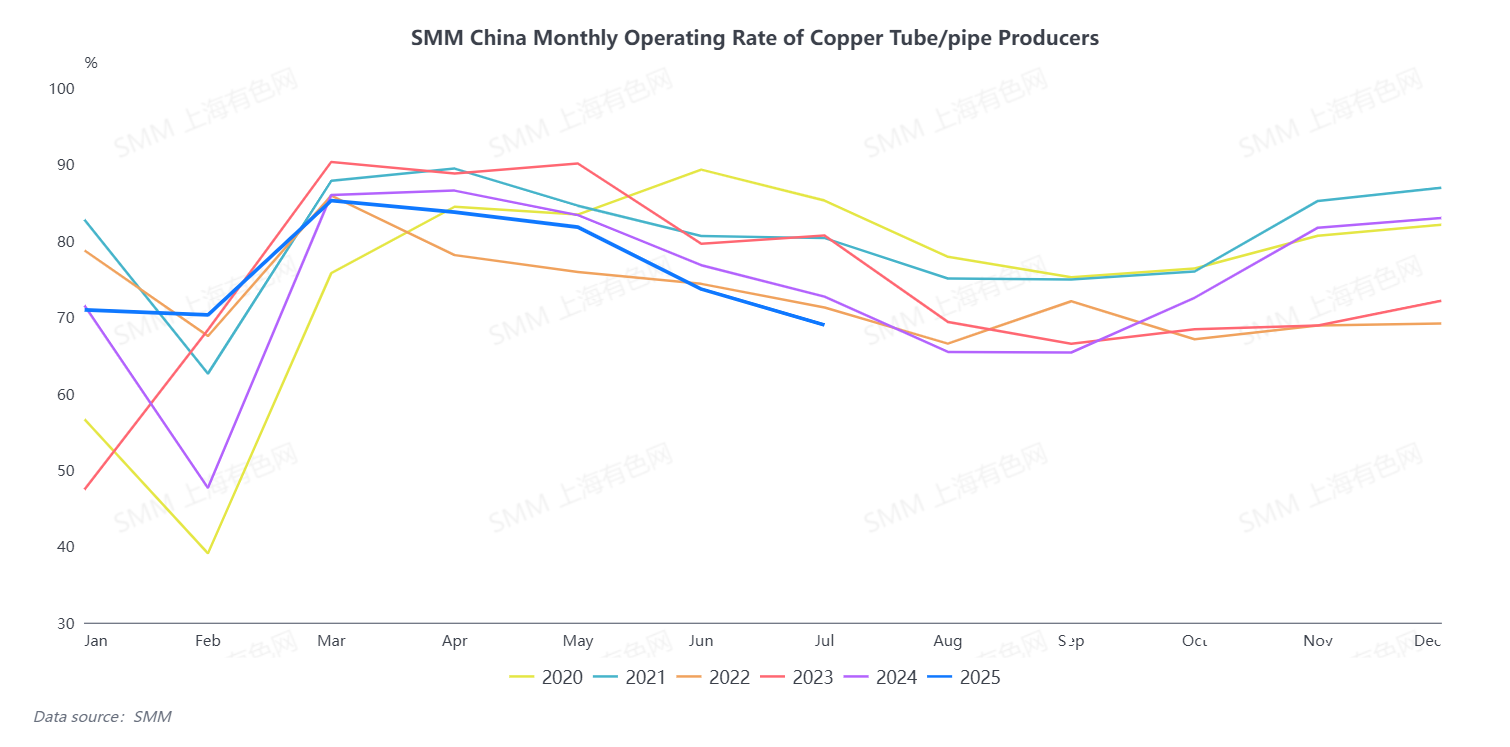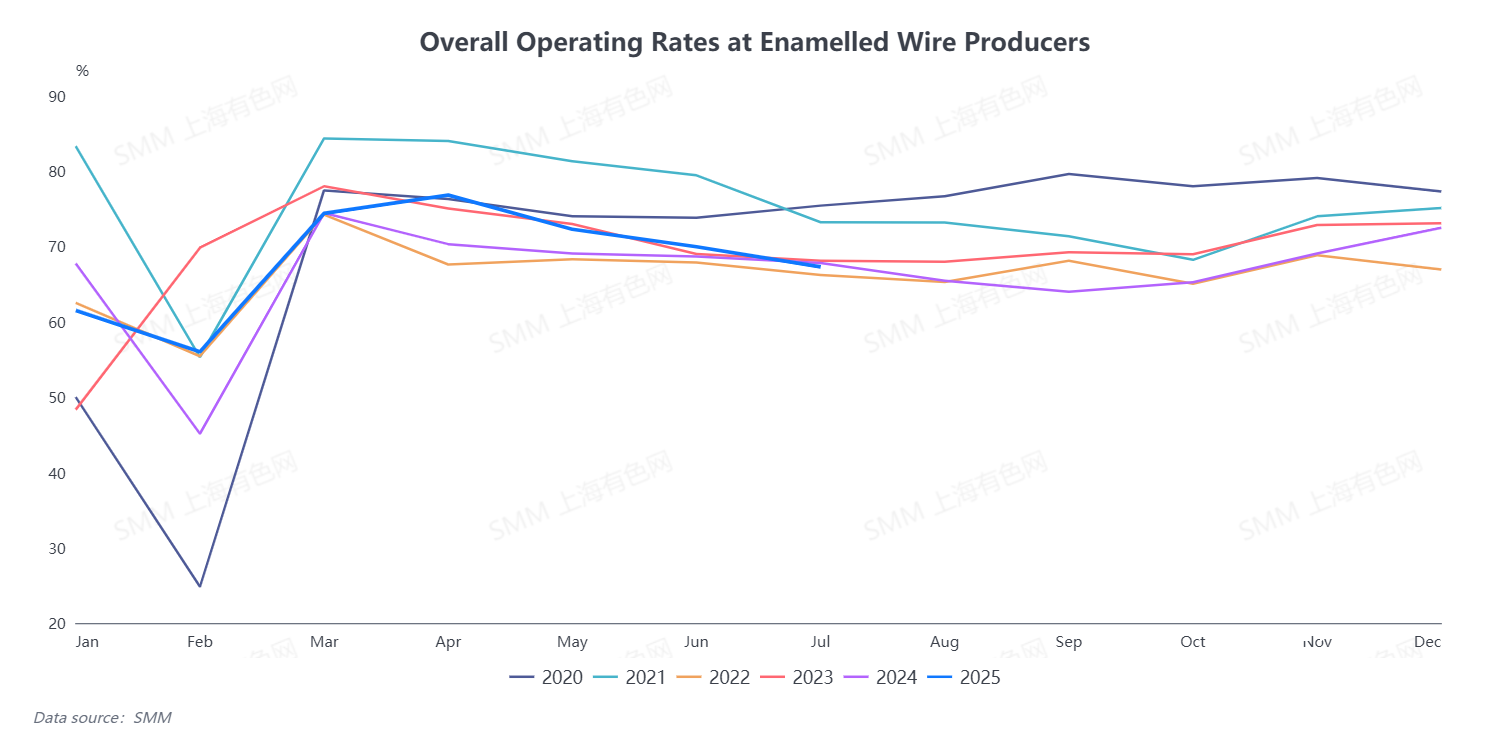






The 2025 Government Work Report proposed the issuance of ultra-long-term special treasury bonds worth 300 billion yuan to support trade-in policies for consumer goods, doubling the scale from last year's 150 billion yuan. According to the plan, three batches of central funds totaling 231 billion yuan were allocated in January, April, and another month, with a fourth batch of 69 billion yuan in ultra-long-term special treasury bonds scheduled for October. The trade-in policy for consumer goods continued to show effectiveness in 2025. As of July 16, 2025, a total of 280 million people had applied for trade-in subsidies, driving related commodity sales over 1.6 trillion yuan, supporting a 5% YoY increase in total retail sales. According to relevant calculations, if the policy is fully implemented, the 300 billion yuan in funding is expected to leverage trillions in additional consumption through a multiplier effect, demonstrating its significant potential to boost the consumer market. Driven by the trade-in policy for consumer goods, various related industries, including the semi-finished copper products industry, welcomed new development opportunities. This article primarily analyzes the impact on copper semis consumption by focusing on the performance of the home appliance market.
H1 Review: Dual Drivers of Policy and Exports Boost Copper Semis Demand as Home Appliance Market Thrives
In H1 2025, the home appliance market exhibited a thriving scene, primarily driven by dual factors of policy support and export growth, which in turn spurred an increase in demand for copper semis.
Policy-wise, the continuous implementation of national subsidy policies was the key driver behind the booming home appliance market. Consumers could receive a certain percentage of subsidies when purchasing eligible home appliances, with the scope of subsidized products expanding from the initial 8 categories to 12. This move significantly stimulated consumer purchasing enthusiasm. Data from the National Bureau of Statistics (NBS) showed that from January to June, the retail sales of household appliances and audio-visual equipment increased by 30.4%, maintaining double-digit growth since September 2024.

Meanwhile, the "rush to export" effect injected strong vitality into the home appliance market. In Q1 2025, due to the uncertainty of US tariff policies on Chinese home appliances, companies, in an effort to effectively avoid potential risks, rushed to ship goods before the tariffs officially took effect, thus successfully triggering the "export rush" effect. Under the positive influence of this effect, from January to April 2025, home appliance exports achieved a 17.3% YoY increase. The prosperity in home appliance sales further transmitted to the production end, with white goods producers showing strong motivation for production schedules, driving a rapid increase in demand for copper semis. According to SMM monitoring data, from Q4 2024 to May 2025, operating rates in the copper pipe & tube and enamelled wire industries performed well, mainly benefiting from the boost in demand from the home appliance sector.


However, after entering June, copper semis consumption saw a noticeable decline, with the home appliance market demand also significantly cooling down. SMM analysis suggests that Q3 is traditionally the off-season for the home appliance industry, leading to a seasonal pullback in the demand for copper semis. However, this year's drop exceeded expectations, largely due to the overly robust performance of the home appliance market in H1, which to some extent preemptively exhausted part of the consumer demand, causing the market to rapidly enter an adjustment phase in the short term.
Outlook for H2: Continued but Diminishing Policy Support, Copper Semis Consumption in Home Appliance Market Still Worth Anticipating
Looking ahead to H2, policy support will continue. In July, the third batch of 69 billion yuan for trade-in policies was successfully allocated, and the remaining funds will be released in October, continuously injecting momentum into the market. Nevertheless, it is important to recognize that the diminishing marginal effect of these policies will gradually become more apparent. SMM analysis indicates that, given the advanced release of consumer demand under policy stimulus in H1, coupled with the current state of market saturation, the boost to home appliance sales from policies in H2 is likely to be weaker than in H1. Additionally, the performance of overseas markets cannot be overlooked. In H2, facing the dual pressures of high inventory levels awaiting digestion and a high base from the same period last year, the downward trend in air conditioner exports may be hard to reverse, putting significant pressure on the home appliance export market.
Overall, although the strong growth in copper semis consumption by the home appliance market in H2 2025 is unlikely to match that of H1, there remains considerable growth potential under the backdrop of sustained policy support, making the performance of copper semis consumption in the home appliance market in H2 still worth looking forward to.
For queries, please contact Lemon Zhao at lemonzhao@smm.cn
For more information on how to access our research reports, please email service.en@smm.cn